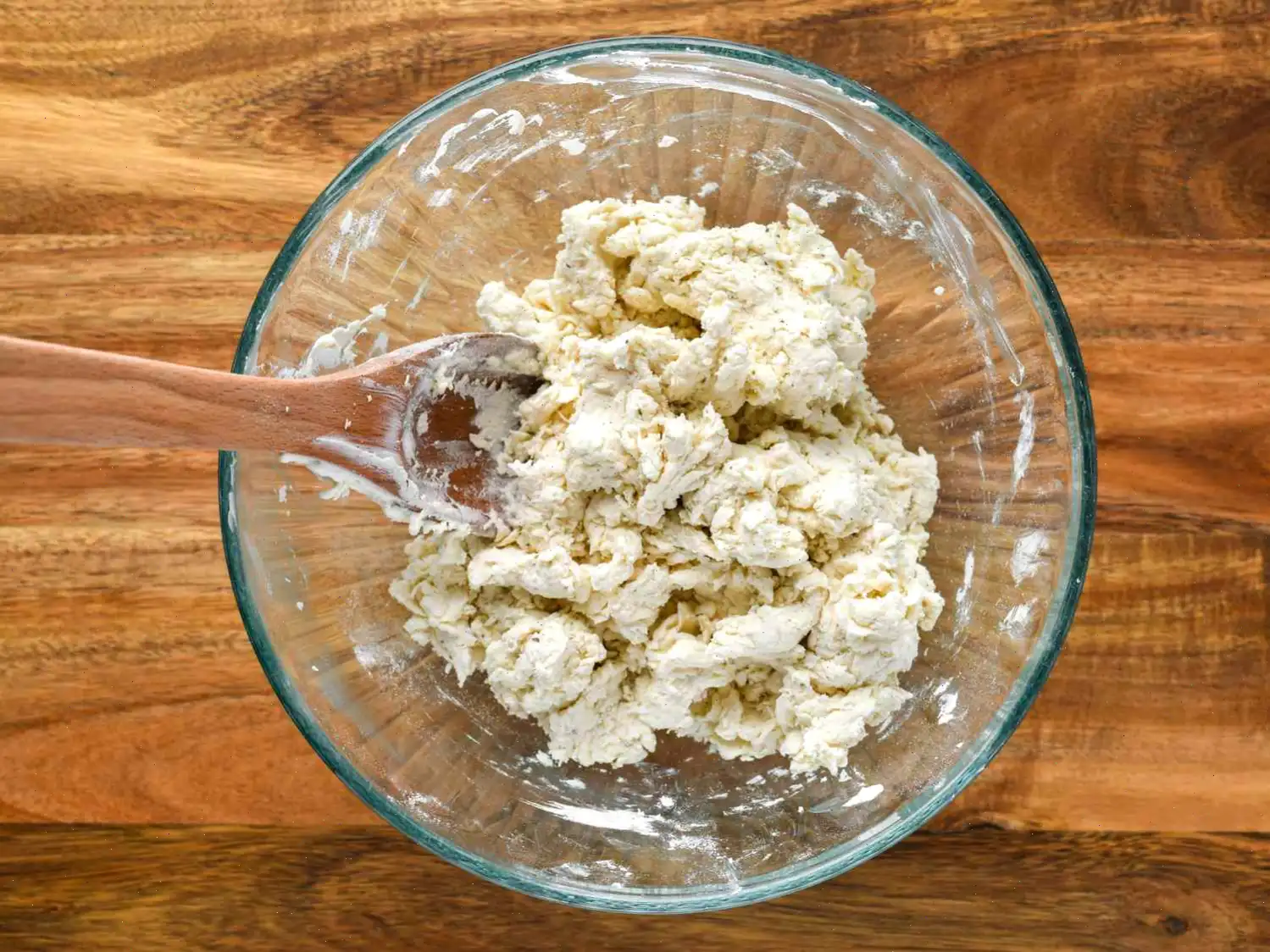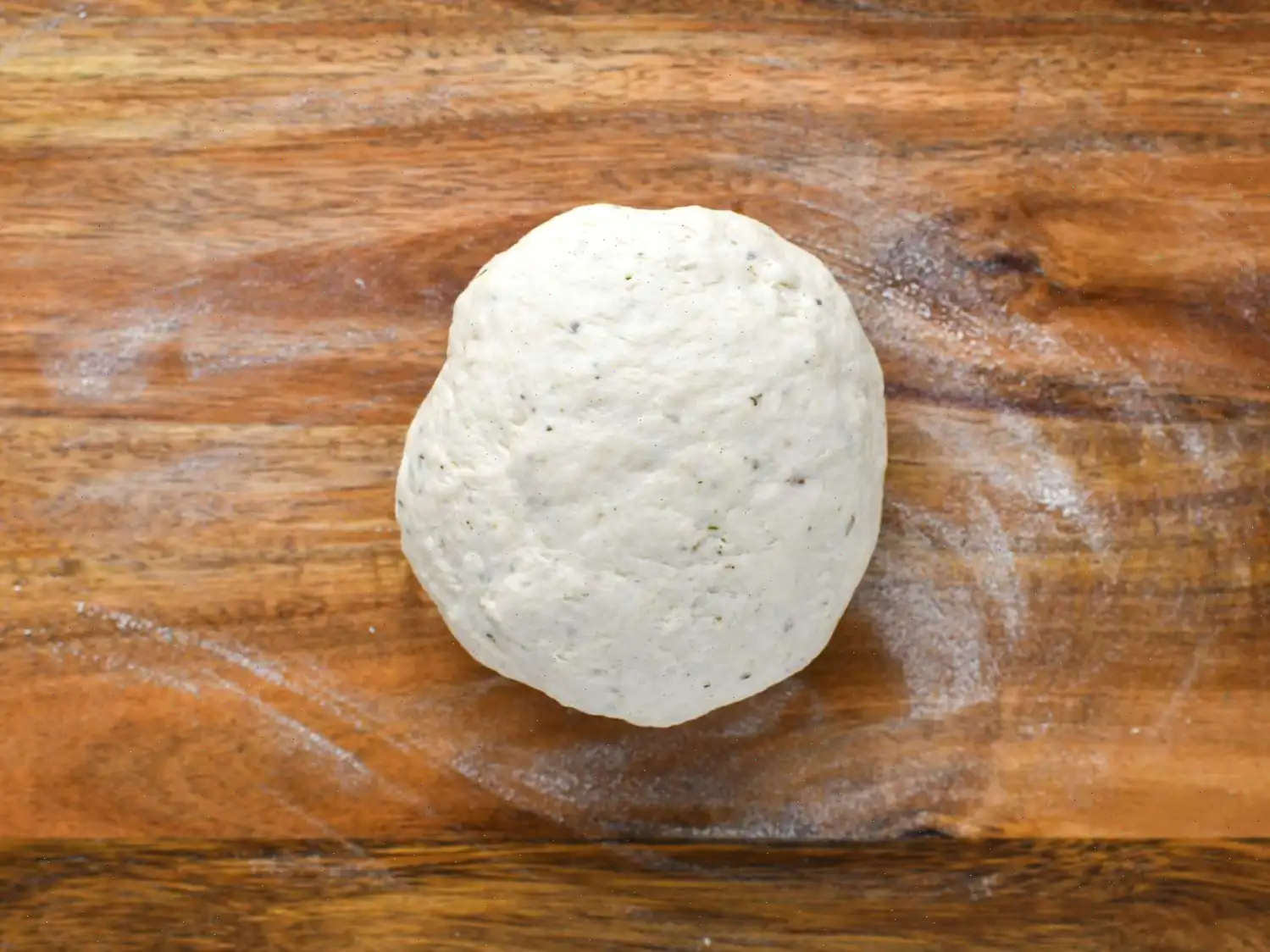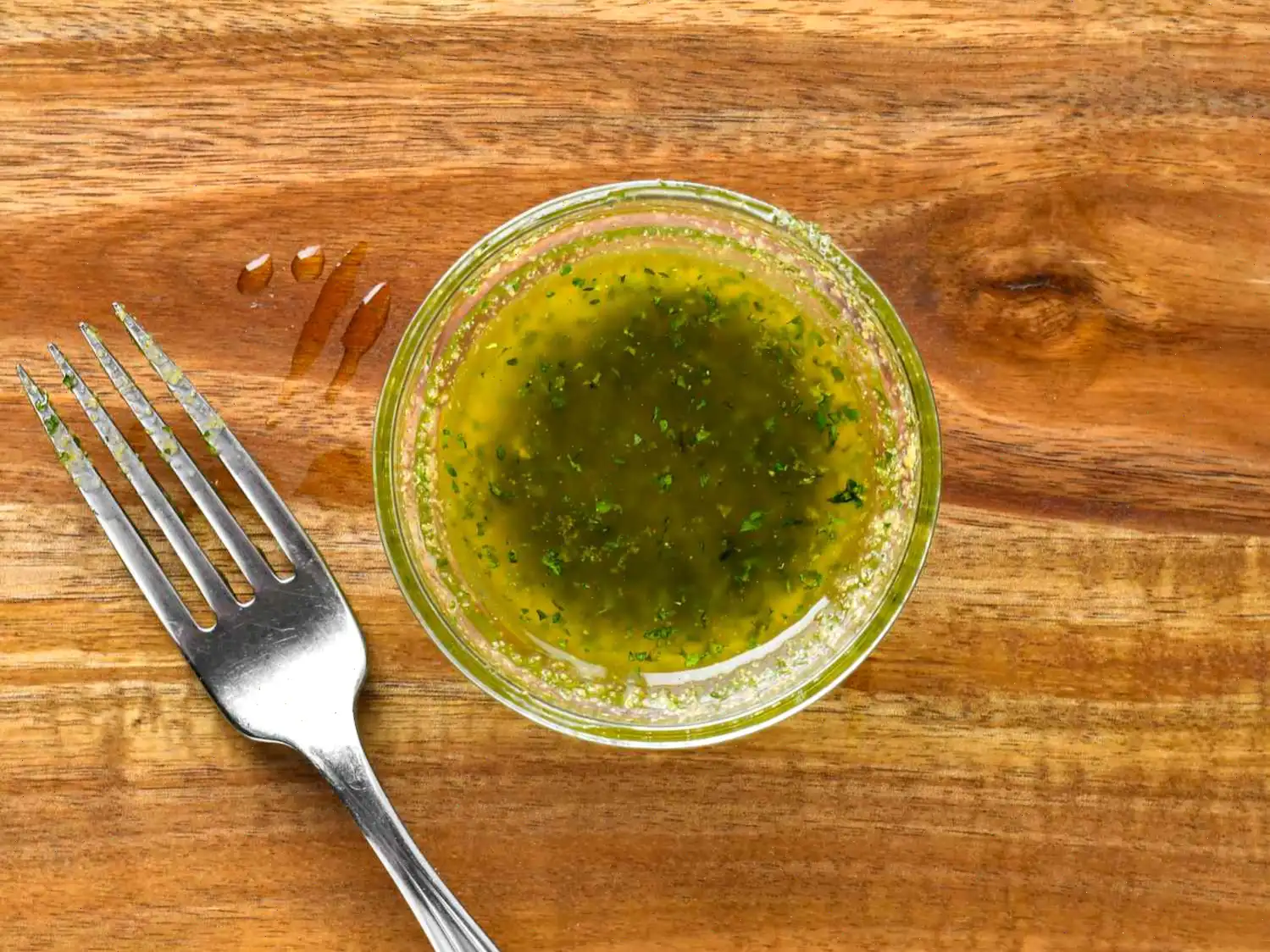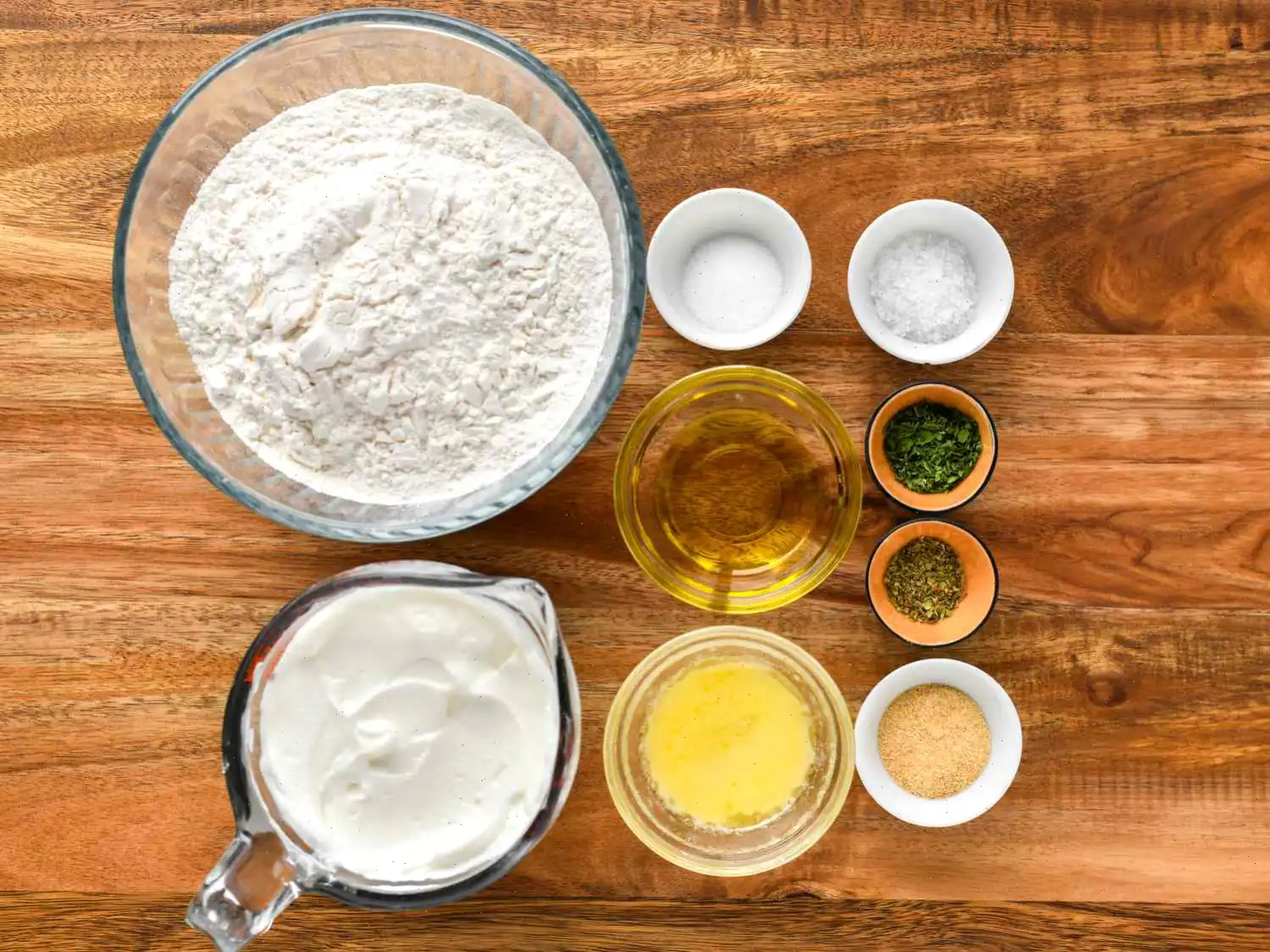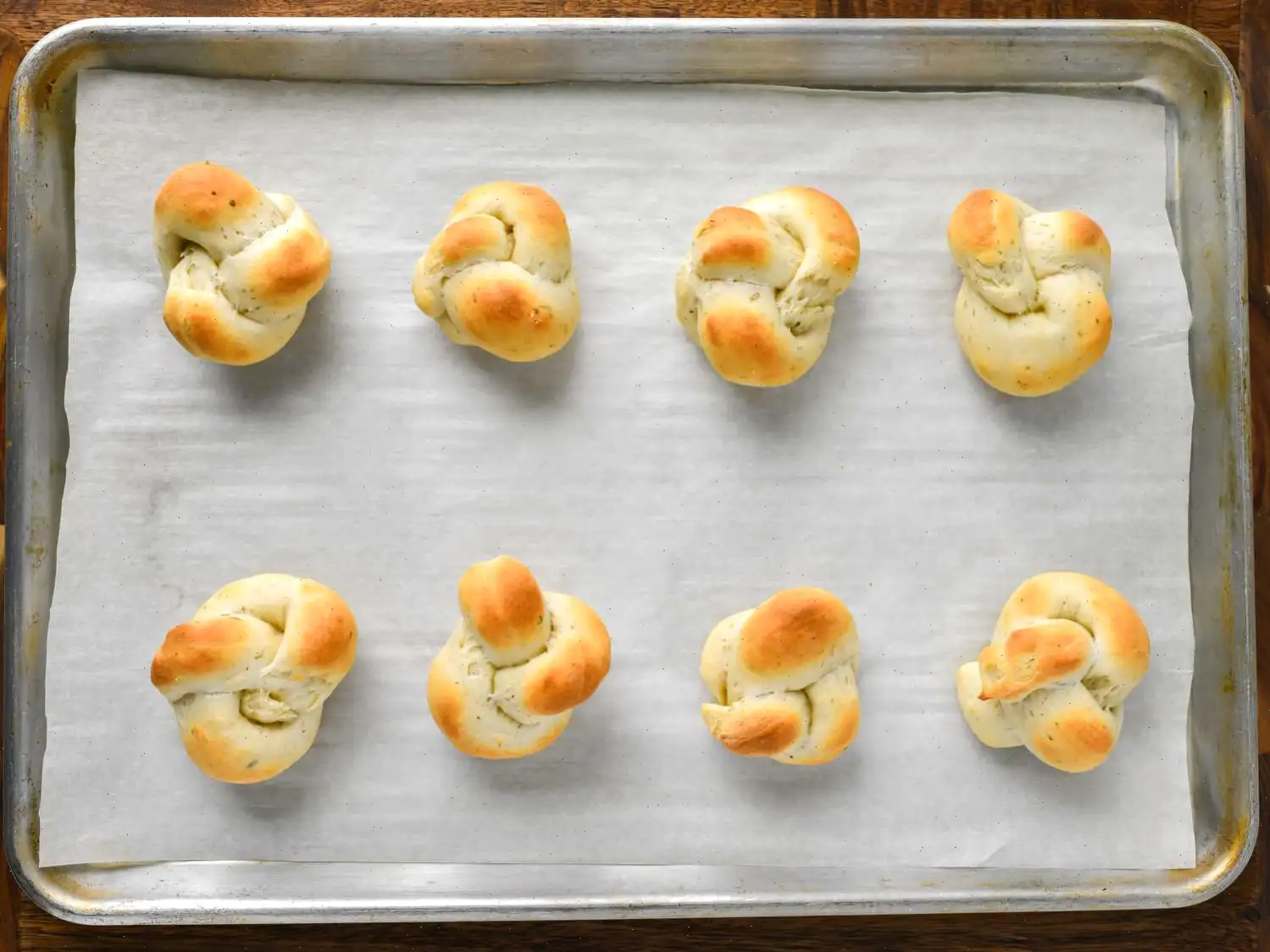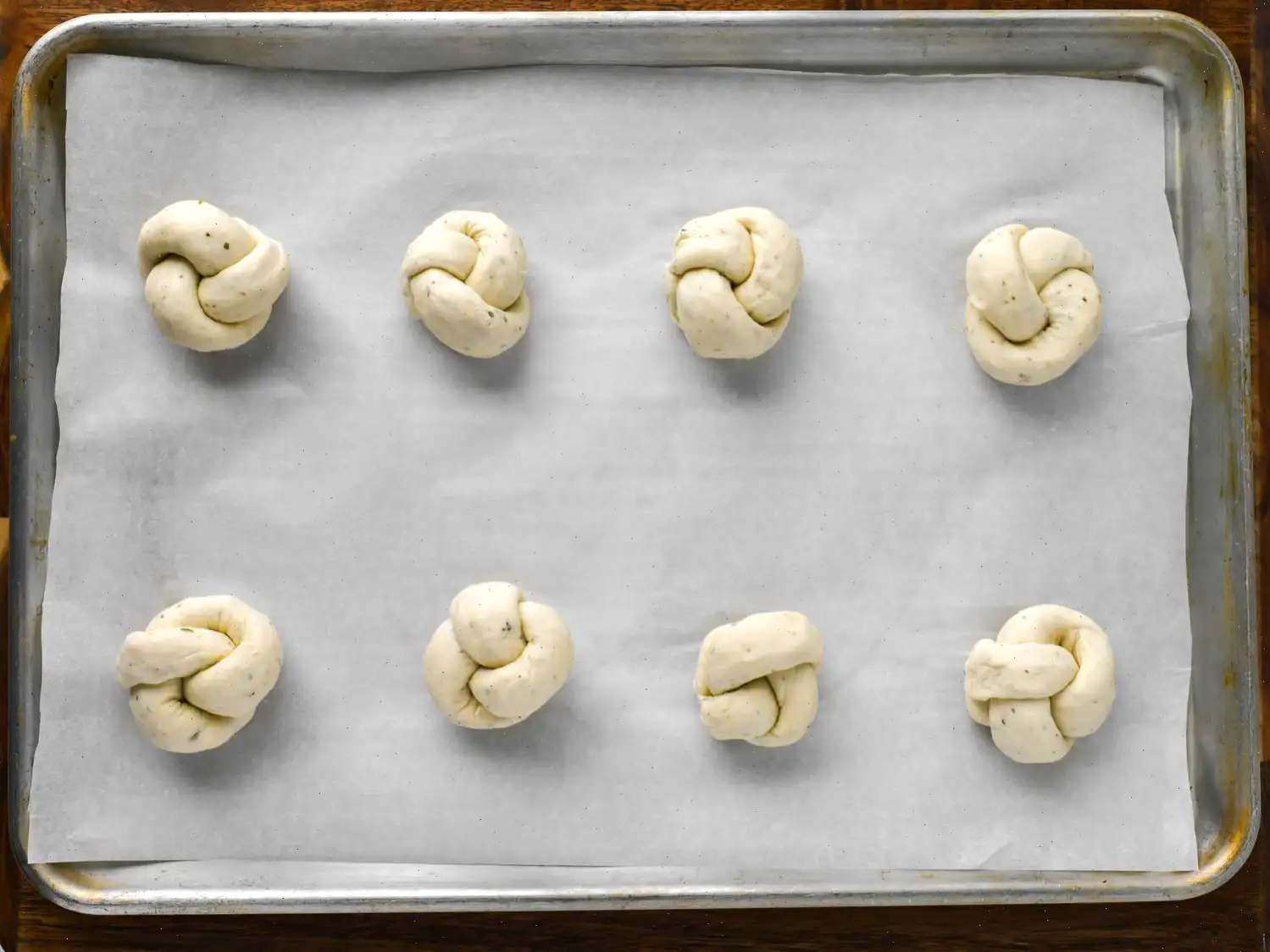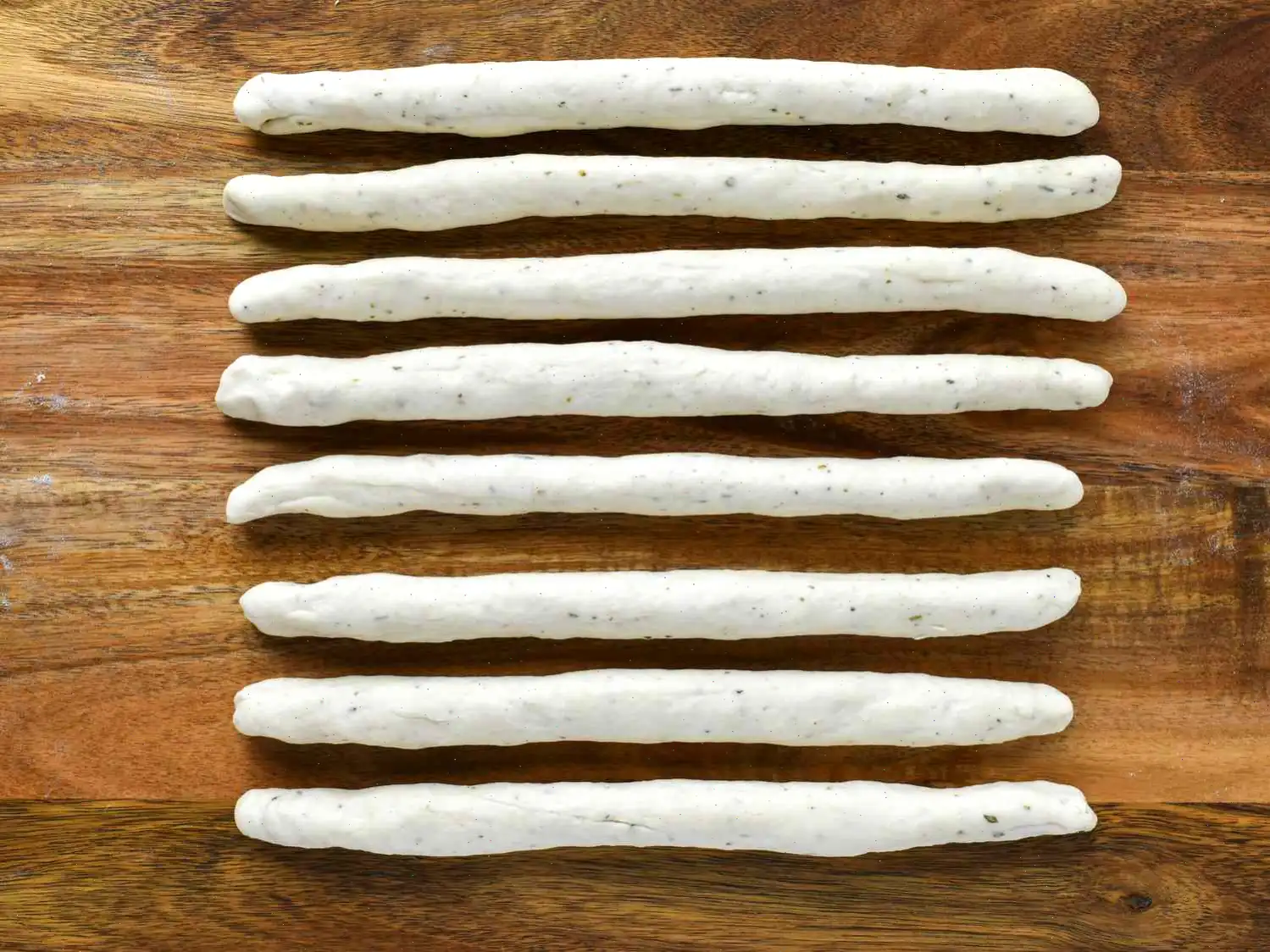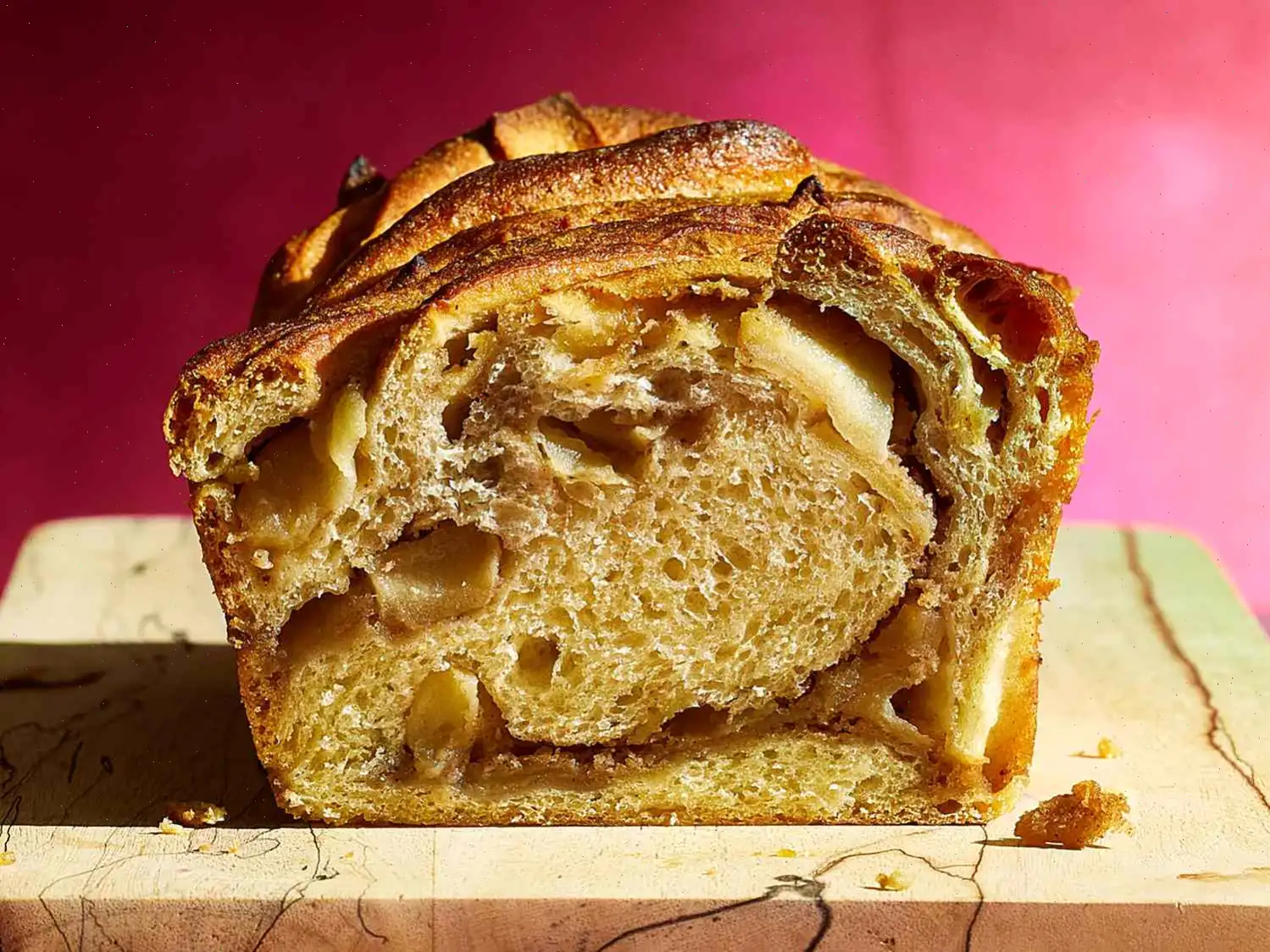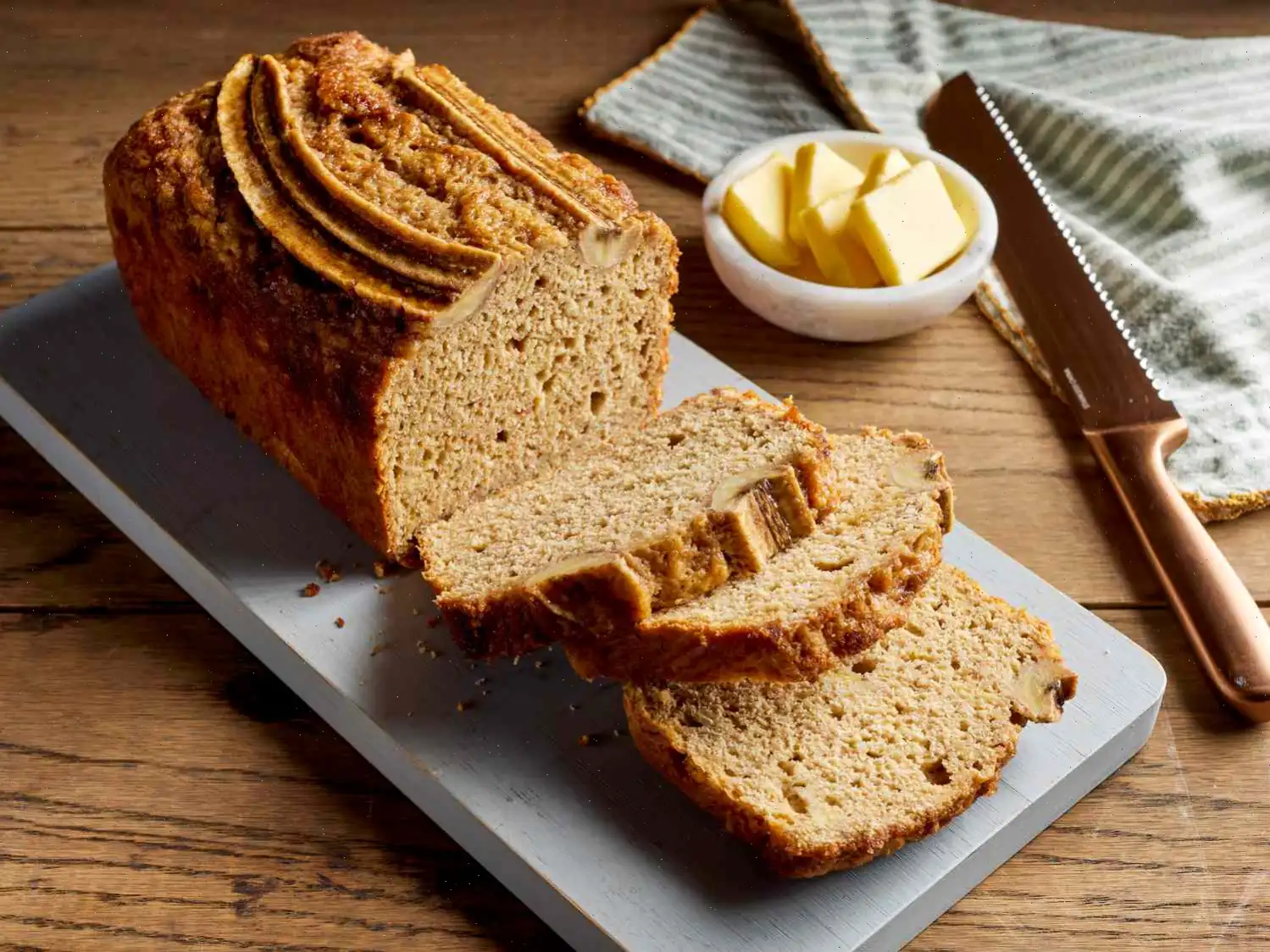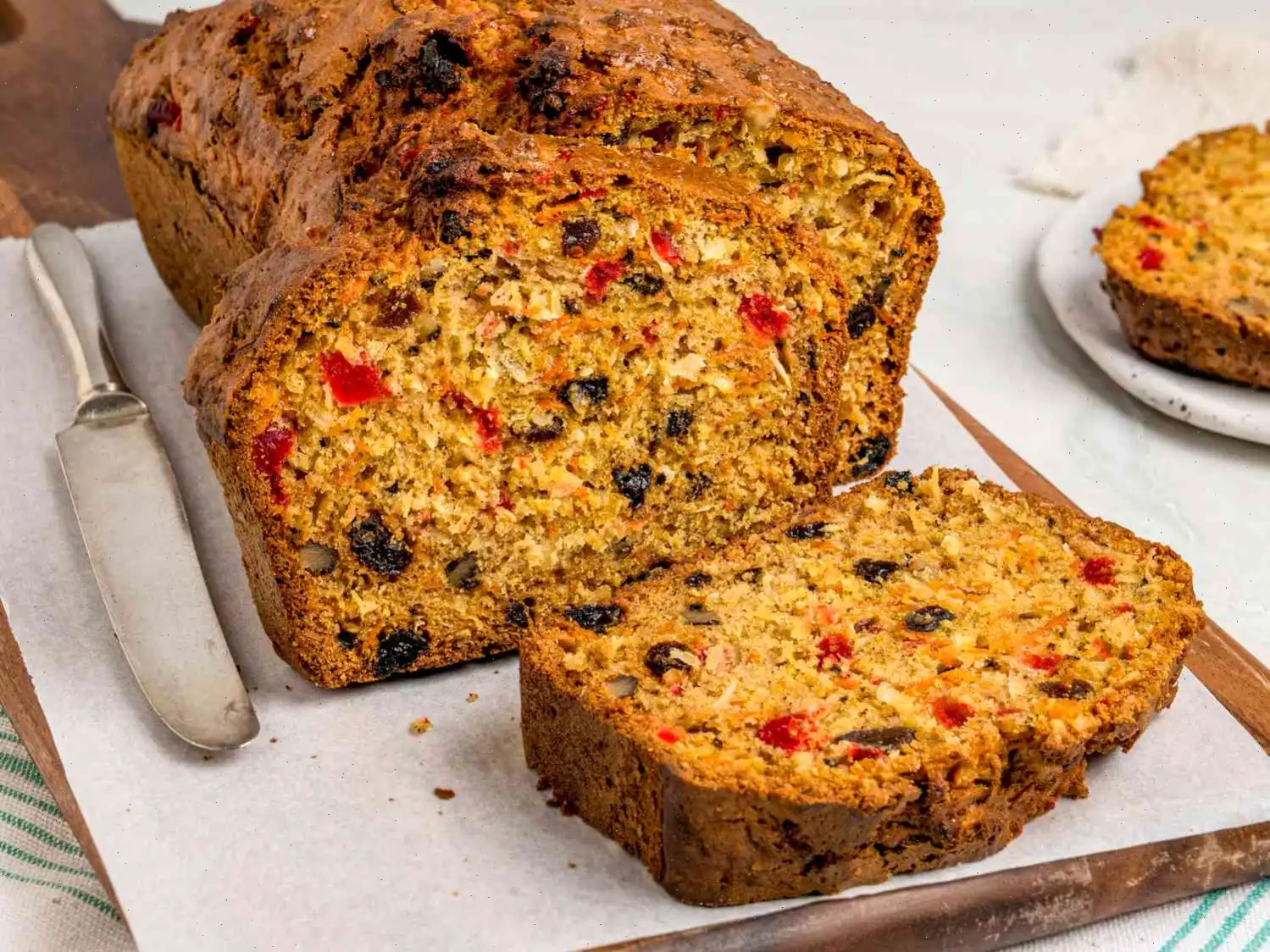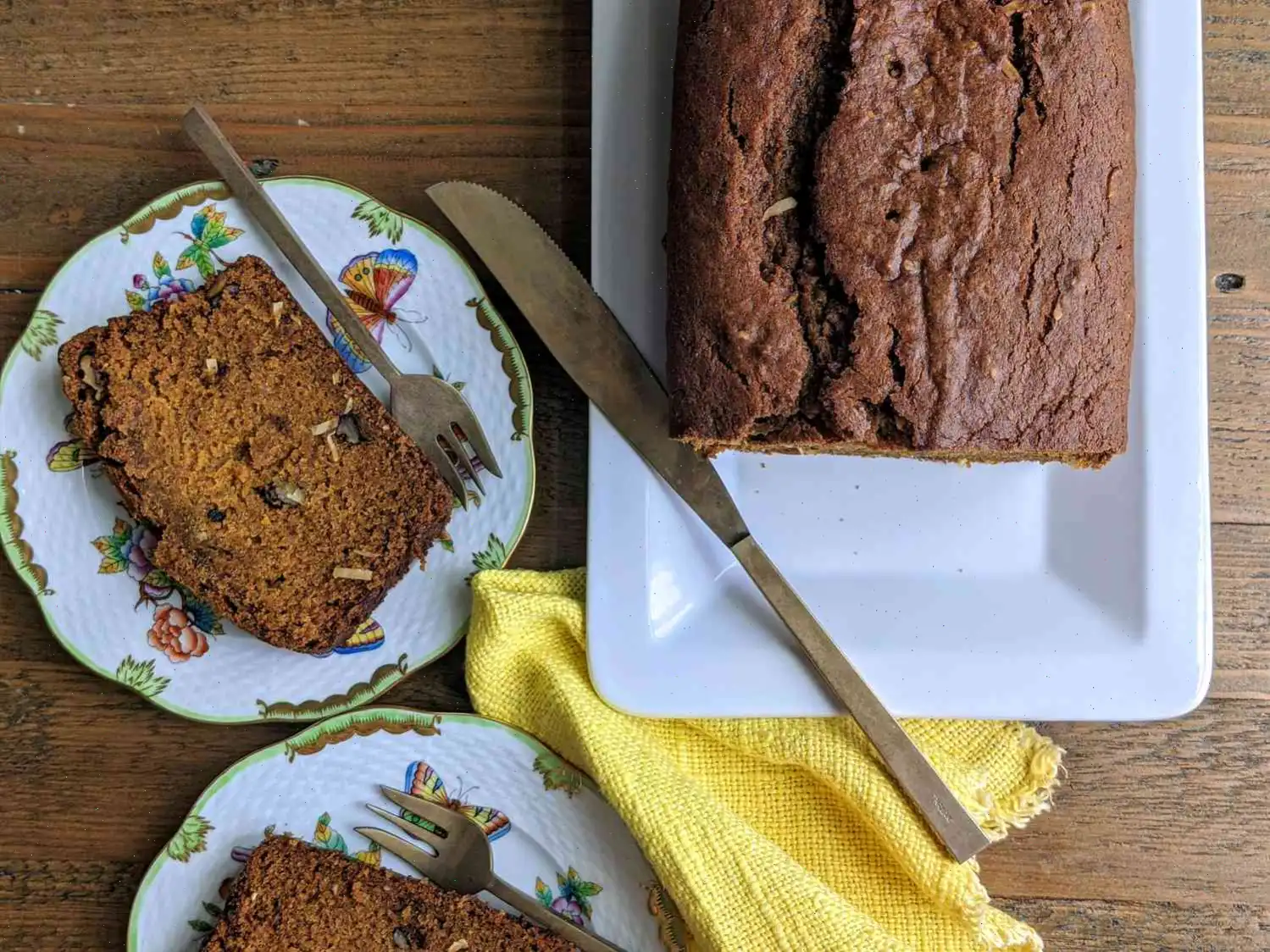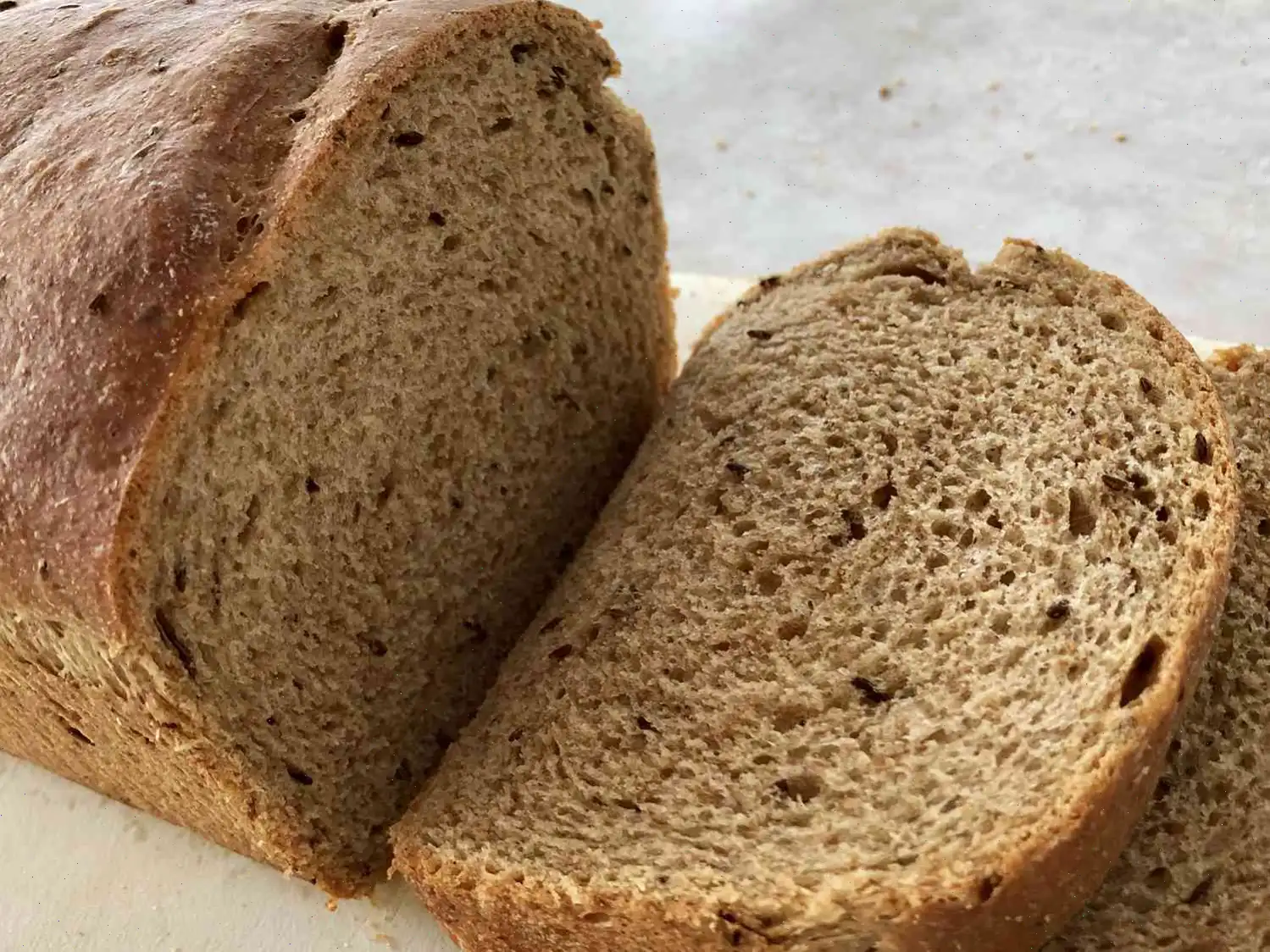
Garlic Knots Recipe
This recipe yields 8 servings and is perfect for a quick and flavorful snack or side dish. Follow the steps below for soft, aromatic garlic knots with a buttery finish!
Ingredients:
- 1 cups self-rising flour, plus more for kneading
- teaspoon garlic powder, divided
- teaspoon salt, divided
- teaspoon Italian seasoning
- 1 cup plain whole-milk Greek-style yogurt
- 1 tablespoon unsalted butter, melted
- 1 tablespoon olive oil
- teaspoon dried parsley
- Flaky sea salt, for garnish
Directions:
- Preheat the oven to 425F (220C) and line a baking sheet with parchment paper or a silicone baking mat.
- In a bowl, combine the flour, teaspoon garlic powder, teaspoon salt, and Italian seasoning. Stir in the yogurt until a shaggy dough forms.
- Transfer the dough to a floured surface and knead for 3-4 minutes until it becomes mostly smooth. If the dough is too sticky, gradually add more flour, 1 teaspoon at a time.
- Shape the dough into a ball, then gently press it down to form a disk. Divide the disk into 8 even wedges (a bench scraper works great for this).
- Roll each wedge into a rope about 10 inches long and tie them into knots. Place the knots on the prepared baking sheet, leaving about 2 inches of space between each one.
- Bake the knots for about 15 minutes, or until they turn golden brown.
- While the knots are baking, whisk together the melted butter, olive oil, parsley, the remaining garlic powder, and the remaining salt in a small bowl.
- Once the knots are done, brush them with the butter mixture while theyre still warm, then sprinkle with flaky sea salt.
- Let the knots cool for about 5 minutes before serving.
- Store any leftover knots in an airtight at room temperature for up to 2 days.
Enjoy your fresh, homemade garlic knots with any dish or on their own as a tasty treat!
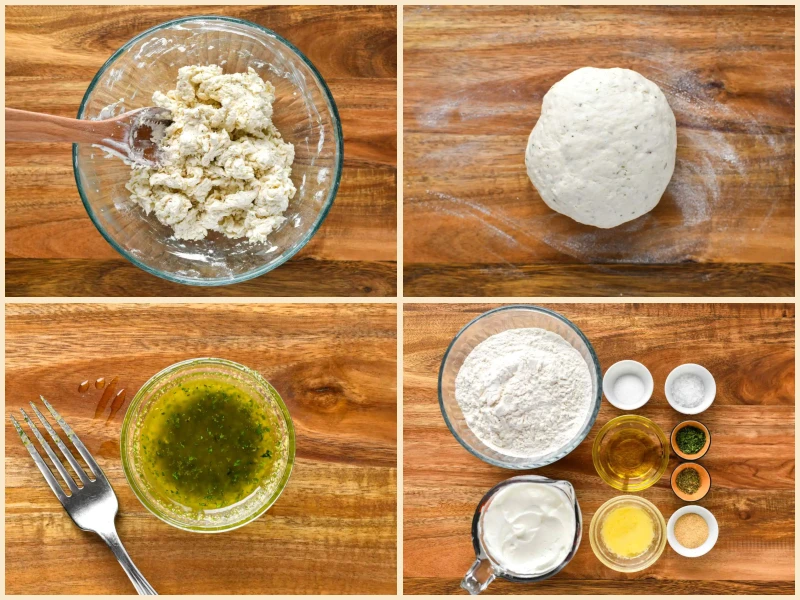
The Story and Culture Behind Garlic Knots
Garlic knots trace their origins to the bustling pizzerias of New York City in the mid-20th century. Italian immigrants, seeking to minimize waste, began using leftover pizza dough to create small, twisted breads. These dough scraps were tied into knots, baked, and generously brushed with garlic-infused oil or butter, giving birth to a snack that quickly became a staple in Italian-American cuisine. Over time, garlic knots evolved from humble pizzeria treats to beloved appetizers across the United States.
Regional Variations
While garlic knots are most commonly associated with New York, regional variations exist. In New York and New Jersey, knots are typically brushed with a mixture of butter, garlic, and parsley, sometimes with a light sprinkle of Parmesan cheese. In other areas, such as the Midwest, you may find them infused with Italian herbs or stuffed with mozzarella for extra richness. California versions sometimes include toppings like sun-dried tomatoes or roasted garlic for a more gourmet twist. Despite these variations, the defining characteristic remains a soft, fluffy interior and a fragrant, garlicky exterior.
Differences from Similar Dishes
Garlic knots are often compared to garlic bread or breadsticks, but there are clear distinctions. Unlike long breadsticks, knots are small, individually portioned, and tied into a signature knot shape. They differ from traditional garlic bread, which is usually sliced from a loaf and topped with garlic butter. Garlic knots offer a perfect balance between chewy dough and buttery, garlicky topping, making them uniquely satisfying and portable.
Where They Are Commonly Served
Garlic knots are a common feature in Italian-American pizzerias, served as an appetizer or side dish alongside pizza and pasta. They also appear at casual gatherings, parties, and food festivals due to their easy-to-share format. Some upscale restaurants have incorporated gourmet versions into their menus, pairing them with dipping sauces such as marinara, ranch, or garlic aioli.
Interesting Facts
- Garlic knots were originally a cost-saving invention, created to use up leftover pizza dough.
- The knots twisted shape is not only decorative but also ensures even baking and maximum flavor absorption from the garlic butter.
- They became popular nationwide after pizzerias began offering them as complimentary sides to encourage repeat customers.
- Despite their simplicity, garlic knots have inspired creative variations including stuffed knots, gluten-free versions, and even sweet dessert twists with cinnamon sugar.
- In some parts of New York, garlic knots are considered an essential late-night snack, often eaten straight from the oven with a hot cup of coffee or soda.
Today, garlic knots remain a beloved symbol of Italian-American culinary ingenuitysimple, flavorful, and endlessly adaptable.


